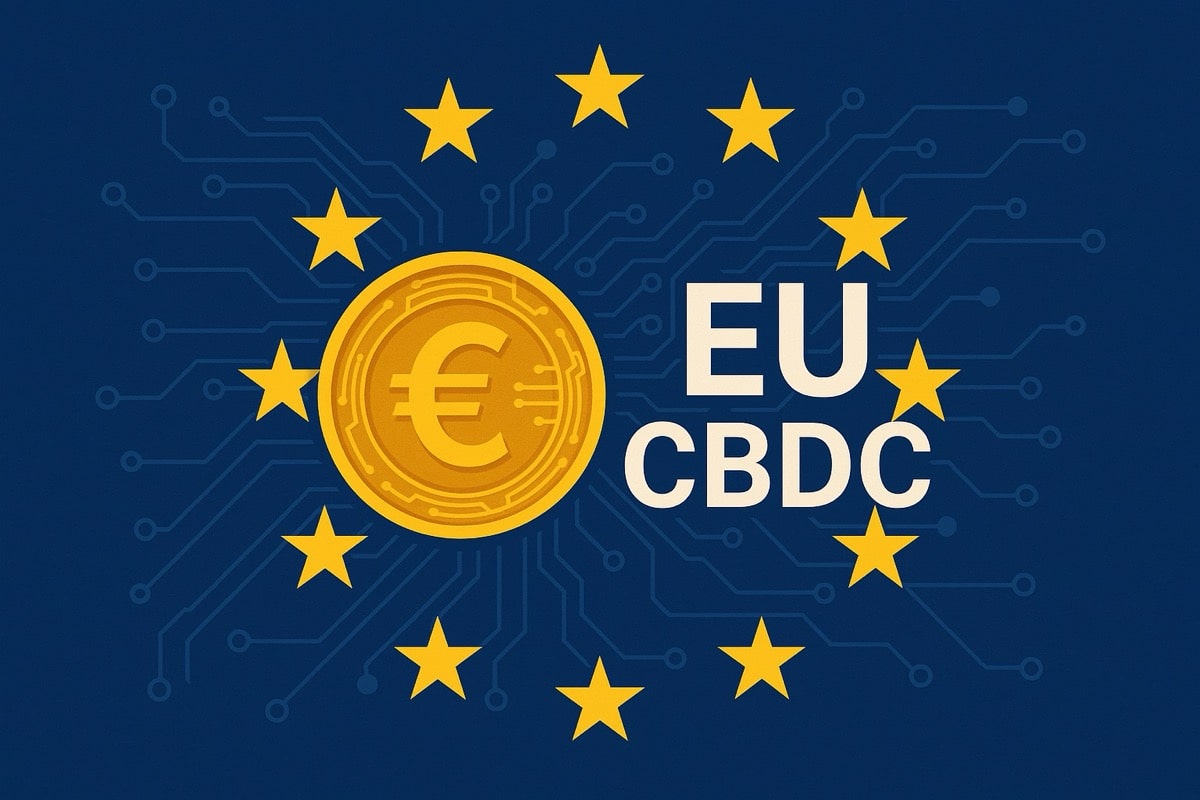By advancing its digital‑euro project to the next phase, the EU European Central Bank joins the ranks of 70 + nations that have moved beyond the preparation stage of their central‑bank digital currency CBDC programmes.

The European Central Bank (ECB) has officially approved the transition of its digital euro initiative into the next phase of development. The decision follows the successful completion of the preparation phase, which ran from November 2023 to October 2025 and laid the groundwork for a possible first issuance of a central bank digital currency (CBDC) within the euro-area.
This move lays the groundwork for a possible first issuance of a central bank digital currency (CBDC) within the euro area. The next phase will focus on technical readiness by building infrastructure and selecting system providers, market engagement with payment service providers, merchants, and fintechs to define rules and user experience, and legislative support to ensure the digital euro aligns with EU regulation, with final issuance contingent on co-legislators approving the necessary framework.
ECB President Christine Lagarde said the euro, as Europe’s shared money, is a trusted symbol of unity, and the ECB is working to make its most tangible form, cash, fit for the future by modernising banknotes and preparing for digital issuance. The Eurosystem estimates that a pilot programme could begin as early as mid-2027, with a potential full rollout targeted for 2029, depending on the legislative process.
The digital euro is designed to complement physical cash and existing payment methods, providing a publicly backed digital payment instrument accessible across the euro area. It aims to safeguard payment choice and privacy, strengthen Europe’s monetary sovereignty, and enable a future-proof payments ecosystem capable of handling emerging digital finance demands and potential market disruptions.
During the preparation phase of the digital euro, the ECB tested several use cases for the potential CBDC, including online and offline peer-to-peer payments, merchant-initiated and payer-initiated in-store payments, and e-commerce transactions.
Prototypes demonstrated that a digital euro could function both online and offline, while emerging features like conditional or programmable payments showed strong potential for enabling automated, context-specific transactions. Special focus was also placed on inclusivity, testing usability for small merchants and vulnerable or underrepresented consumer groups, highlighting that ease of use and broad accessibility are key priorities for a successful rollout.









